The science-backed guide to identifying PFAS risks, avoiding exposure, and naturally detoxing your body.


What if the most powerful organ in your body isn’t your brain, but your heart? In this deeply revealing compilation from Gaia’s MISSING LINK Series 👉 https://www.gaia.com/lp/mindful-maste…, Gregg Braden uncovers a forgotten truth buried in both science and ancient wisdom—that your heart holds 40,000 brain-like cells capable of memory, emotion, and thought.
Learn how you can unlock total recall, deep intuition, and spontaneous healing through harmonizing two forgotten systems: your heart and your brain.
00:00 – The Nightmare That Solved a Murder.
03:15 – Human Chromosome 2: Engineered Evolution?
07:30 – The Brain in the Heart: 40,000 Neurites.
11:00 – Transferred Memories in Organ Transplants.
16:20 – Little Girl’s Memory Solves a Crime.
21:15 – Heart Intelligence vs Brain Intelligence.
25:00 – Ancient Cultures & Heart-Based Education.
28:40 – Unlocking Superhuman Abilities.
32:20 – Total Recall & Intuition on Demand.
36:10 – Reprogramming the Subconscious.
39:00 – Heart-Brain Harmony Triggers 1,300 Biochemical Reactions.
Cherck Out Gregg’s latest book Pure Human: The Hidden Truth of Our Divinity, Power, and Destiny here 👉 https://hayhs.com/ph_pp_hc_az.
👍 LIKE if you enjoyed this video!
🔄 SHARE with your friends and spread the knowledge!
🔔 SUBSCRIBE for more amazing content!
👉 Hit the BELL Icon on our HOME Page to stay updated with our latest releases!
Stay Connected.
Official website: https://greggbraden.com/about-gregg-braden/
Facebook: https://www.facebook.com/GreggBraden.
Twitter: https://twitter.com/GreggBraden.
Instagram: https://www.instagram.com/Gregg.Braden/
This channel is managed by:
Zohar Entertainment Group International Inc, USA
YouTube Certified Enterprise Partner — FAM Networks, USA
Facebook: / greggbraden.
Twitter: / greggbraden.
Instagram: / gregg.braden
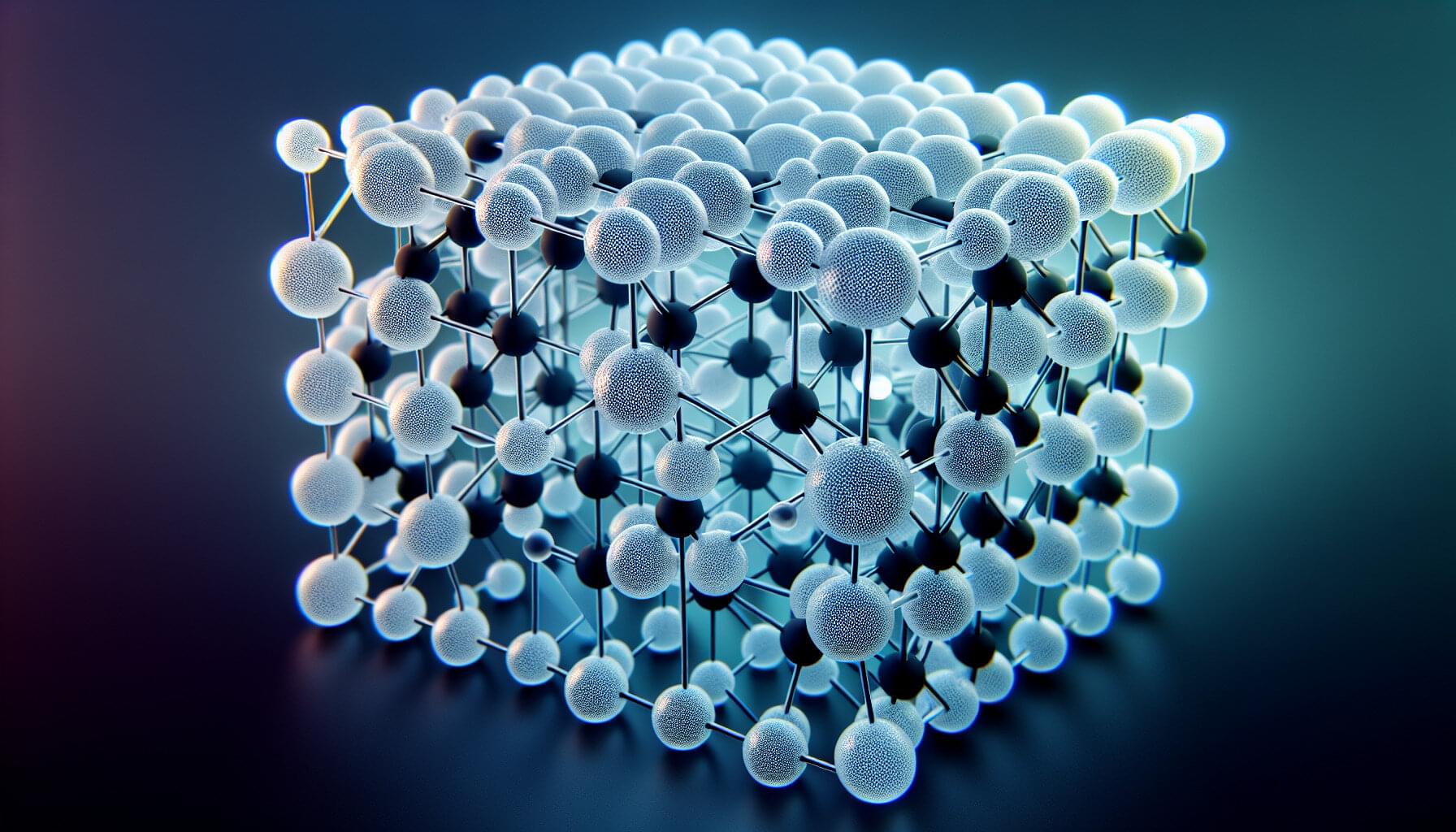
In a variety of technological applications related to chemical energy generation and storage, atoms and molecules diffuse and react on metallic surfaces. Being able to simulate and predict this motion is crucial to understanding material degradation, chemical selectivity, and to optimizing the conditions of catalytic reactions. Central to this is a correct description of the constituent parts of atoms: electrons and nuclei.
An electron is incredibly light—its mass is almost 2,000 times smaller than that of even the lightest nucleus. This mass disparity allows electrons to adapt rapidly to changes in nuclear positions, which usually enables researchers to use a simplified “adiabatic” description of atomic motion.
While this can be an excellent approximation, in some cases the electrons are affected by nuclear motion to such an extent that we need to abandon this simplification and account for the coupling between the dynamics of electrons and nuclei, leading to so-called “non-adiabatic effects.”
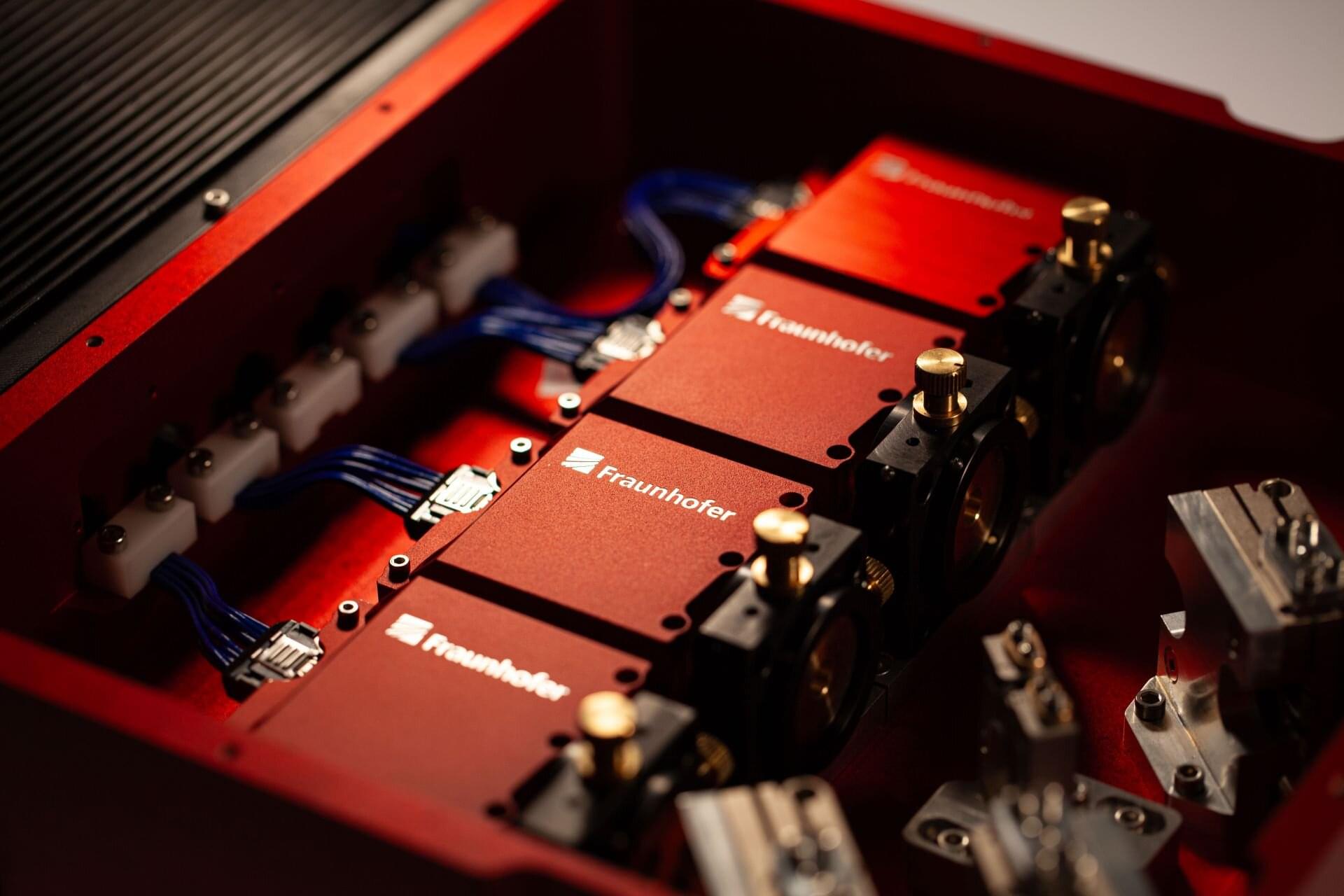
Resonantly tunable quantum cascade lasers (QCLs) are high-performance laser light sources for a wide range of spectroscopy applications in the mid-infrared (MIR) range. Their high brilliance enables minimal measurement times for more precise and efficient characterization processes and can be used, for example, in chemical and pharmaceutical industries, medicine or security technology. Until now, however, the production of QCL modules has been relatively complex and expensive.
The Fraunhofer Institute for Applied Solid State Physics IAF has therefore developed a semi-automated process that significantly simplifies the production of QCL modules with a MOEMS (micro-opto-electro-mechanical system) grating scanner in an external optical cavity (EC), making it more cost-efficient and attractive for industry. The MOEMS-EC-QCL technology was developed by Fraunhofer IAF in collaboration with the Fraunhofer Institute for Photonic Microsystems IPMS.


Researchers from the RIKEN Center for Quantum Computing and Huazhong University of Science and Technology have conducted a theoretical analysis demonstrating how a “topological quantum battery”—an innovative device that leverages the topological properties of photonic waveguides and quantum effects of two-level atoms—could be efficiently designed. The work, published in Physical Review Letters, holds promise for applications in nanoscale energy storage, optical quantum communication, and distributed quantum computing.
With increasing global awareness of the importance of environmental sustainability, developing next-generation energy storage devices has become a critical priority. Quantum batteries—hypothetical miniature devices that, unlike classical batteries that store energy via chemical reactions, rely on quantum properties such as superposition, entanglement, and coherence—have the potential to enhance the storage and transfer of energy.
From a mechanistic perspective, they offer potential performance advantages over classical batteries, including improved charging power, increased capacity, and superior work extraction efficiency.
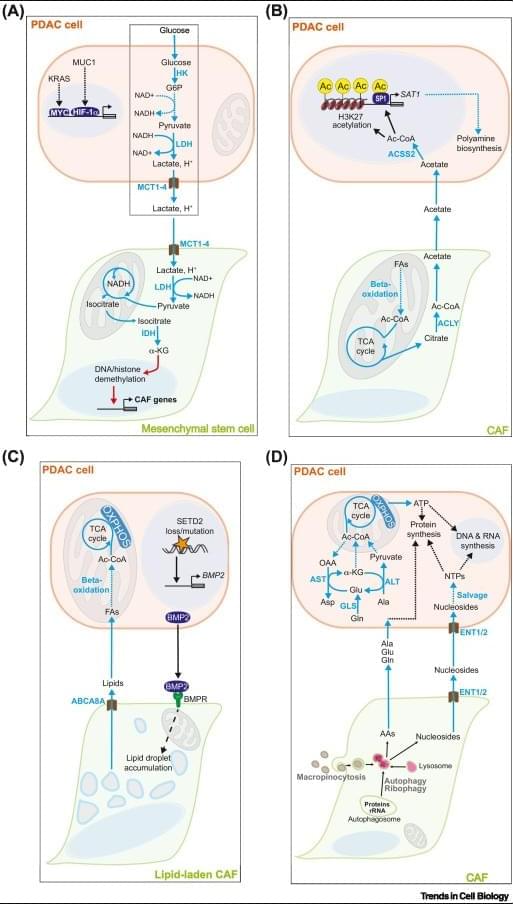
Metabolic crosstalk – the exchange of metabolites between cancer cells and non-malignant cells in the tumor microenvironment (TME) – contributes to the aggressiveness of pancreatic ductal adenocarcinoma (PDAC) through a diverse array of mechanisms.
Under the selection pressure imposed by chemical stressors (acidosis, hypoxia) and scarcity of essential nutrients in the TME, PDAC cells establish mutually fitness-enhancing metabolic crosstalk pathways with cancer-associated fibroblasts, tumor-associated macrophages, and other stromal cells.
PDAC cell metabolism inhibits the activity of cytotoxic T lymphocytes and natural killer cells by outcompeting them for essential nutrients (glucose, amino acids, nucleosides, vitamins) and by flooding the TME with immunosuppressive metabolites (lactate, kynurenine, adenosine, and others).
Critical nodes of tumorigenic metabolic crosstalk pathways (enzymes and cell membrane transporters) are readily druggable and likely non-essential for healthy tissues. https://sciencemission.com/Tumor%E2%80%93stromal-metabolic-crosstalk-in-PC
Pancreatic ductal adenocarcinoma (PDAC) is an aggressive malignancy with a dire prognosis. Standard-of-care chemotherapy regimens offer marginal survival benefit and carry risk of severe toxicity, while immunotherapy approaches have uniformly failed in clinical trials. Extensive desmoplasia in the PDAC tumor microenvironment (TME) disrupts blood flow to and from the tumor, thereby creating a nutrient-depleted, hypoxic, and acidic milieu that suppresses the function of antitumor immune cells and imparts chemotherapy resistance. Additionally, recent seminal studies have demonstrated crucial roles for metabolic crosstalk – the exchange of metabolites between PDAC cells and stromal cell populations in the TME – in establishing and maintaining core malignant behaviors of PDAC: tumor growth, metastasis, immune evasion, and therapy resistance.
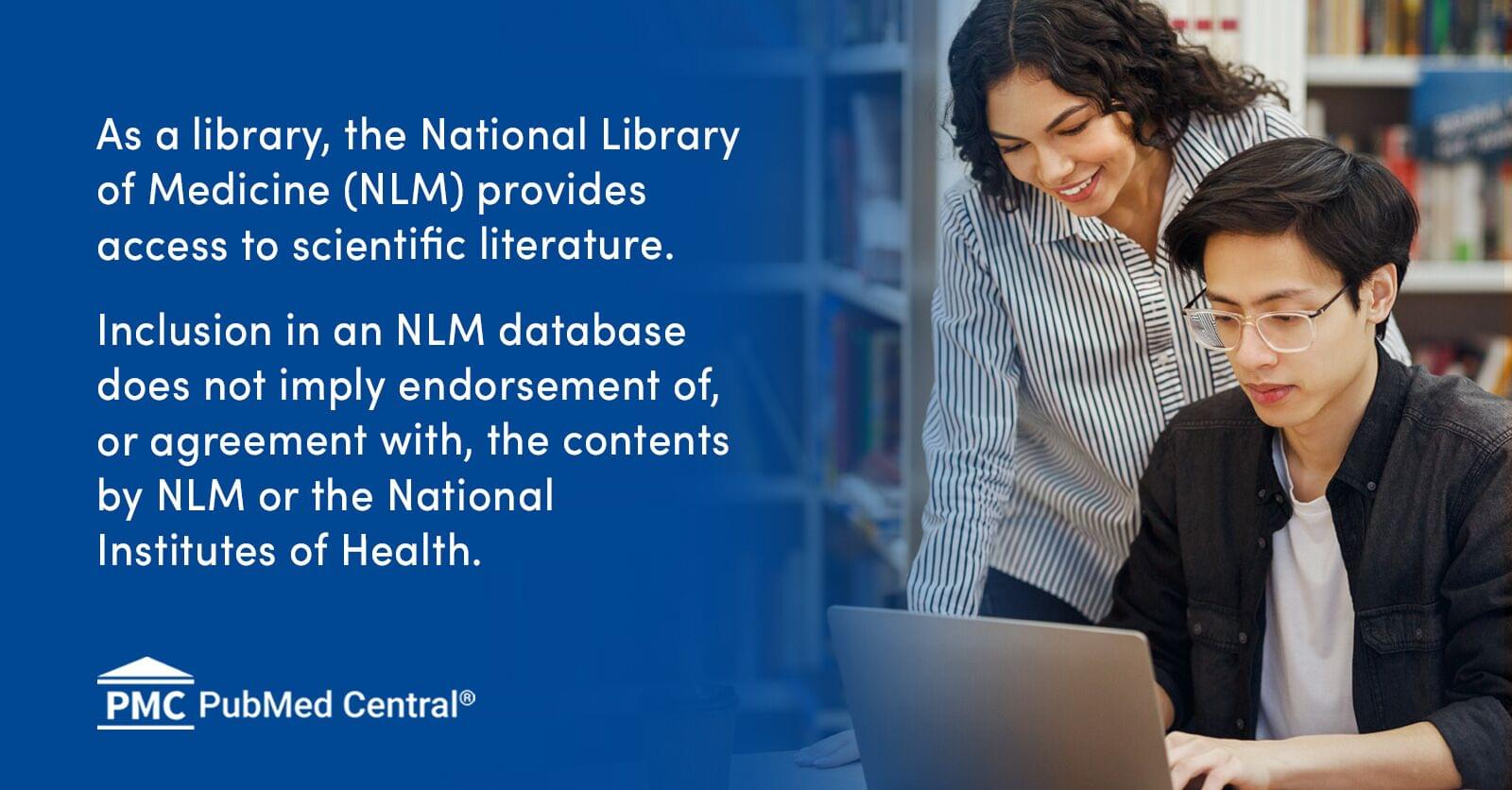
Artificial photosynthesis is a technology with immense potential that aims to emulate the natural photosynthetic process. The process of natural photosynthesis involves the conversion of solar energy into chemical energy, which is stored in organic compounds. Catalysis is an essential aspect of artificial photosynthesis, as it facilitates the reactions that convert solar energy into chemical energy. In this review, we aim to provide an extensive overview of recent developments in the field of artificial photosynthesis by catalysis. We will discuss the various catalyst types used in artificial photosynthesis, including homogeneous catalysts, heterogeneous catalysts, and biocatalysts.

IN A NUTSHELL 🔬 Rice University researchers discovered copper boride, a novel two-dimensional material with transformative potential. 🧪 The study highlights copper boride’s strong covalent bonding and distinct electronic properties, setting it apart from other 2D materials. 🔋 This breakthrough could significantly impact electrochemical energy storage and applications in quantum information technology. 🌟 The discovery
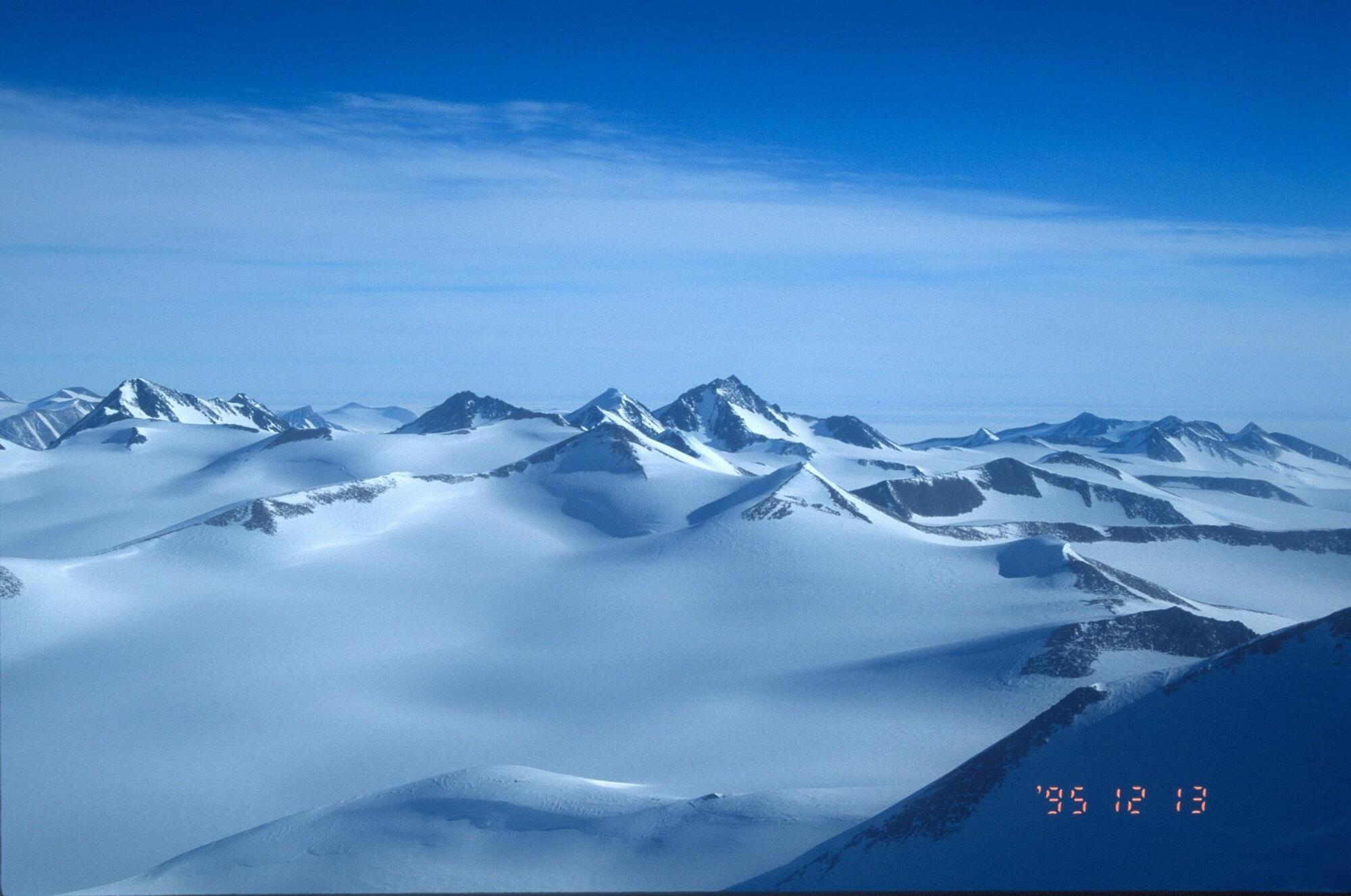
A new study led by University of Wisconsin-Oshkosh geologist Timothy Paulsen and University of Colorado Boulder thermochronologist Jeff Benowitz advances the understanding of the geologic history of Transantarctic Mountains bedrock, with implications for understanding the evolution of landscapes lying beneath the ice sheets covering Antarctica.
The team of researchers analyzed the chemistry of mineral grains commonly found in igneous rocks, like granite, from the Transantarctic Mountains. The research team includes other scientists from the University of Arizona, St. Louis University, The Ohio State University, and the University of Alaska Fairbanks.
The study was published in Earth and Planetary Science Letters.